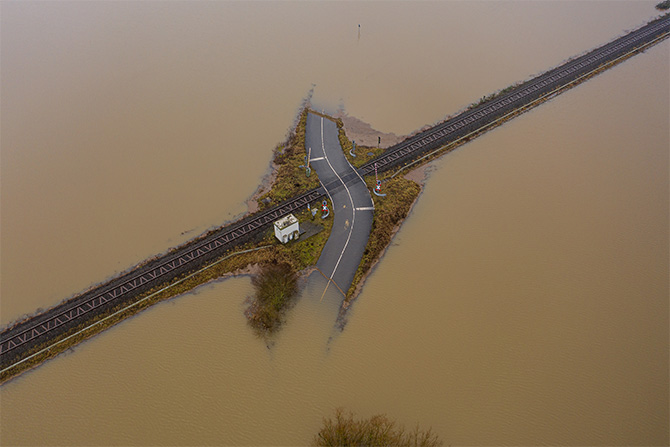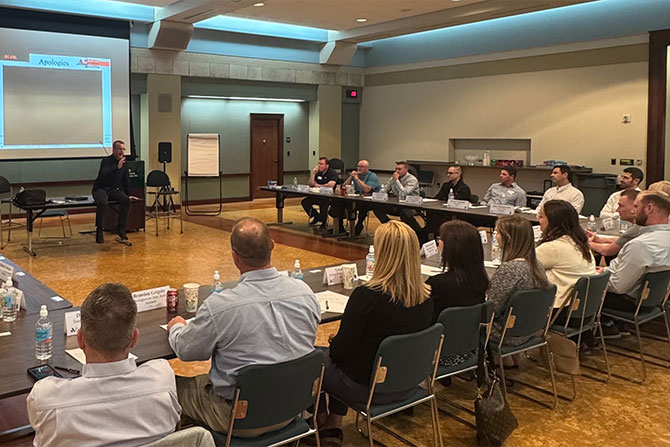Our weather is having a direct and growing impact on commercial insurance markets, including here in Kansas. The increasing frequency and severity of natural disasters are causing insurance carriers to adjust their pricing, coverage options and market participation. These shifts are affecting businesses across the state, from agriculture to real estate, and ultimately have financial implications for community banks.
Understanding these changes is critical for Kansas bankers as they work with clients facing new insurance challenges that could impact loan portfolios, risk assessments and economic stability in Kansas.
With more frequent and severe weather events — especially hailstorms, floods and wildfires — insurance carriers are raising premiums to offset rising claims costs. In 2024, homeowners across the country saw an average premium increase of 14%, with commercial insurance rates rising similarly.
Here in Kansas, hail and high-wind-related losses are a primary driver of increased premiums, as large-scale storms damage homes, businesses and vehicles. Severe hail events, defined as hailstones measuring two inches or larger, disrupt multiple insurance lines, including auto and property, leading to challenges for insurers in accurately modeling risk and pricing policies.
To manage costs, businesses and property owners are increasingly opting for higher deductibles. This strategy can reduce premium expenses but also raises concerns about liquidity and cash flow when unexpected damage occurs.
As risks become harder to predict, some insurance carriers are limiting coverage in high-risk areas or pulling out of specific markets altogether. This trend has already been seen in California, where major insurers have withdrawn from wildfire-prone regions. While Kansas has not experienced widespread withdrawals, insurers are becoming more selective in issuing policies and may exclude certain perils from standard coverage.
This could create significant challenges for banks. Clients may struggle to secure adequate insurance with high deductibles, which could, in turn, affect their ability to meet loan requirements. Lenders will need to monitor insurance availability closely and work with borrowers to ensure their assets remain adequately protected.
The way insurers assess and price risk is also changing. Many companies are leveraging advanced data analytics, climate models and satellite technology to improve risk predictions. However, potential layoffs at U.S. scientific agencies, particularly the National Oceanic and Atmospheric Administration (NOAA), could disrupt critical climate data collection. Insurers have voiced concerns that losing access to accurate public data could force them to rely on private providers, increasing costs for businesses and consumers alike.
For Kansas community banks, this evolving landscape underscores the importance of working with knowledgeable insurance providers who can offer reliable guidance on risk exposure. It also highlights the need for financial institutions to stay engaged in discussions about regulatory and policy changes that could impact the availability and affordability of insurance.
The increasing cost and complexity of commercial insurance have broader economic implications. Higher premiums, reduced coverage and policy changes could impact business profitability, real estate development and overall loan portfolio performance.
As these new weather patterns continue to reshape the commercial insurance industry, Kansas community banks will have new challenges. By staying informed, supporting clients in managing insurance-related risks and proactively addressing potential challenges, banks can help ensure financial resilience for businesses and communities across the state.
The road ahead will require collaboration between banks, insurers, policymakers and businesses. By working together, Kansas bankers can navigate these challenges and maintain a strong, stable financial environment despite an increasingly unpredictable climate.








